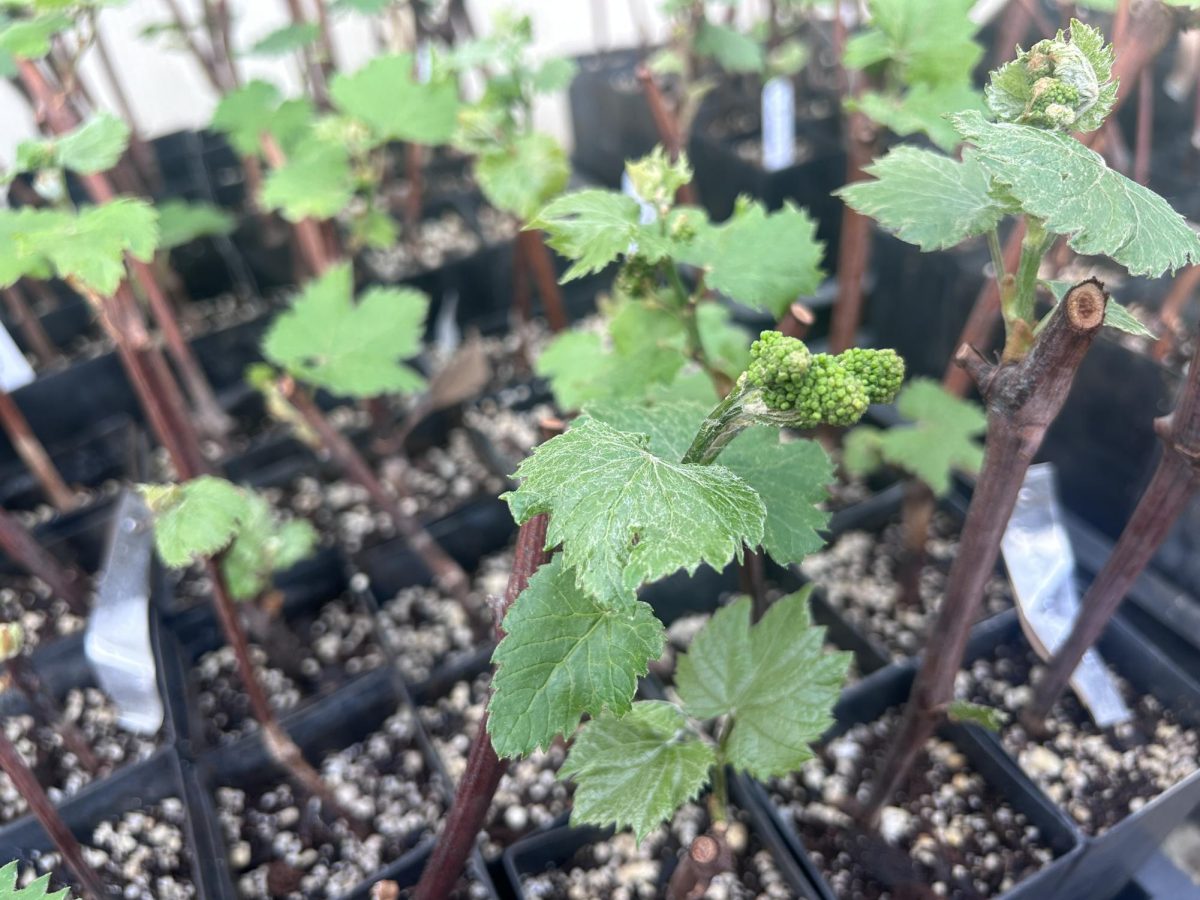Researchers from the University of Minnesota are developing a cell therapy that would combat Alzheimer’s disease using strategies used in blood cancer treatment, according to a press release.
The cell therapy uses adult stem cells to get rid of cells in the brain that lead to inflammation, which further the progression of Alzheimer’s symptoms, said Beau Webber, an assistant professor of hematology and oncology in the University’s medical school. The project is a collaboration between the Medical School and the College of Science and Engineering.
When developing the therapy, Webber said the research team decided to use specialized blood cells called macrophages as the cellular chassis because of their ability to engulf proteins from their environment. These macrophages will be engineered to engulf and remove toxic tau tangles from the brain.
Tau proteins are naturally occurring proteins throughout the body that stabilize a structure called microtubules, which help ensure that cells in the body function properly, said Jonathan Sachs, a biomedical engineering professor.
When a person develops Alzheimer’s, the tau proteins mutate and tangle up in a toxic process called tau aggregation, causing inflammation in the brain, Sachs said.
“It’s a vicious cycle,” Sachs said. “Many of the normal processes in the brain that are meant to carefully regulate healthy inflammatory responses go haywire and eventually lead to the malfunctioning and death of cells that are important for things like memory formation and recall.”
Sachs said the cells in the brain can be compared to a car, where some molecules act as an accelerator and others act as the brakes. There is a carefully controlled balance between the accelerator and brake molecules in healthy people that prevents the brain from losing control.
“In neuroinflammation, the balance between those gets off track,” Sachs said. “To be able to get it back on track, we need to be able to very specifically modulate one type of molecule or the other.”
The macrophages are genetically modified to produce a molecule called a chimeric antigen receptor, Webber said. These CAR molecules contain two key pieces, the outside of the cell that can recognize a tau tangle and inside the cell that can transmit signals.
“When the CAR binds onto the tau, it transmits a signal inside the cell that tells the macrophage to gobble it up,” Webber said.
Webber said the research team is also using gene editing to disable genes in the cells that would normally contribute to inflammation.
“We don’t want inflammation, so the cells are not only engineered with the CAR to grab onto the tau and gobble it up,” Webber said. “They’ll also be incapable, we hope, of making the inflammation worse. This is something we will need to carefully test.”
The macrophages are also being engineered to secrete a protein drug to further suppress inflammation, Webber said.
Sue Moloski, a 70-year-old from Fairmont, took care of her mother who was diagnosed with Alzheimer’s in 2018 and passed away in October of 2023 from the disease at age 93.
“The first thing that hits you is denial,” Moloski said. “The last thing that you wanted to do is believe that your parent is getting dementia, can’t remember things and (is) kind of leaving you.”
Moloski had to retire at an earlier age than she had planned on because she wanted to be there for her mom.
“I felt the need to be with my mom. I didn’t know how long she was going to be with us,” Moloski said.
Moloski said she and her family had to take her mother to an assisted-living facility that helps with memory loss. This was difficult because they had to pass over the caretaking responsibility to the facility even though they still wanted to present caretakers for her mother.
“She was a very, very active, very spunky spitfire,” Moloski said. “My mom, she loved music. The minute you turn the music on she would get up and dance. She didn’t care.”
As Moloski’s mother’s Alzheimer’s worsened, her love for dancing slowly faded along with many other characteristics about herself.
“They get depressed, they get short-tempered, they get frustrated and they take things out on you and it’s not intentional,” Moloski said.
Moloski said Alzheimer’s taught her about being there for people.
“You’ll learn a lot about life, period and paying it forward, and whether it be for a family member or friend or coworker,” Moloski said.
Moloski said anyone showing symptoms relating to Alzheimer’s should be seen by a doctor to get the proper care they need.
She said she is glad research is being done to help treat Alzheimer’s so that other people do not have to go through what she went through.
Sachs and Webber both said they are immensely excited about this research grant but know that with this excitement comes a responsibility to use the money in the most useful way possible.
“With these cell therapies, what’s been seen in the cancer space there’s opportunities for very significant outcomes, positive outcomes,” Webber said. “I think that is really what has captured the imagination.”














